JavaScript seems to be disabled in your browser. For the best experience on our site, be sure to turn on Javascript in your browser.
Choose your vehicle
Catalytic Converter
The catalyst - a passive emission control system The catalyst in your exhaust system is there to convert the polluting substances (NOx) in the exhaust gas into water and CO2.
To a large extent, regulated three-way catalytic converters are installed in today's vehicles. Today, the G-KAT is standard equipment for your petrol engine.
This refers to the regulation of the software of your engine control and not the catalyst itself.
The catalyst is a passive system that catalyzes, ie breaks up / changes, the chemical elements of the exhaust gases flowing through its structure and composition, so that the desired result is achieved. The catalytic substances (coatings) act on the pollutants in your exhaust as follows:
CO becomes CO2 by oxidation HC becomes oxidized to H2O and CO2 NOx becomes N2 by reduction These three processes are the reason for the designation of the 3-way catalyst. The processes presented and described here are in reality much more complex but would lead too far at this point. As described above, therefore, reduction and oxidation processes take place in a catalyst. During the oxidation, O2, ie oxygen, is needed and for the reduction carbon monoxide CO. These two reactants on the one hand and the other three reactants on the other hand, in the RIGHT ratio, result in a high degree of conversion or conversion of the harmful substances into harmless (environmentally compatible). It's like a good football match - here the coaches and the rules take the right balance for a good game. In the case of a catalytic converter, it is the software as a ""standard controller"" in which the specifications to be achieved are stipulated. The motor control, on the other hand, works according to the installed software and gets its data (the state of play) from the probes. Normally, there are two lambda probes in the exhaust system - a control probe and a diagnostic probe. This sensor system tells the engine management system how far the composition of the exhaust gases before and after the catalytic converter corresponds to the specified values and decides whether the injected air-fuel mixture is too thin or too rich and constantly regulates. Once a balanced state has been achieved and all components work harmoniously and in accordance with the specifications, the car receives the passed exhaust emission test report for putting it into service. We want you to be always satisfied and to be able to use your vehicle as quickly as possible. Therefore, ConTra-Automotive GmbH explicitly recommends that any work for the replacement of the catalytic converter be carried out by a certified specialist workshop. We cannot accept any claim for replacement or exchange of the delivered spare part, if you or a workshop not trained according to the technical specifications carries out this replacement.
-
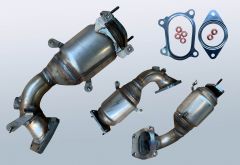 Catalytic Converter ABARTH 500 595 695 1.4 T Jet (312AXD1A)€380.00Incl. 19% VAT , excl. Shipping Cost
Catalytic Converter ABARTH 500 595 695 1.4 T Jet (312AXD1A)€380.00Incl. 19% VAT , excl. Shipping Cost -
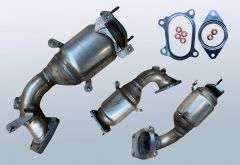 Catalytic Converter ABARTH 500 595 695 1.4 T Jet (312AXF1A)€380.00Incl. 19% VAT , excl. Shipping Cost
Catalytic Converter ABARTH 500 595 695 1.4 T Jet (312AXF1A)€380.00Incl. 19% VAT , excl. Shipping Cost -
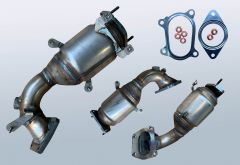 Catalytic Converter ABARTH 500C 595C 695C 1.4 T Jet (312AX)€380.00Incl. 19% VAT , excl. Shipping Cost
Catalytic Converter ABARTH 500C 595C 695C 1.4 T Jet (312AX)€380.00Incl. 19% VAT , excl. Shipping Cost -
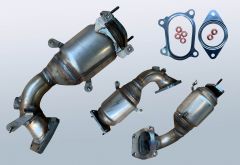 Catalytic Converter ABARTH 500C 595C 695C 1.4 T Jet (312AXD1A)€380.00Incl. 19% VAT , excl. Shipping Cost
Catalytic Converter ABARTH 500C 595C 695C 1.4 T Jet (312AXD1A)€380.00Incl. 19% VAT , excl. Shipping Cost -
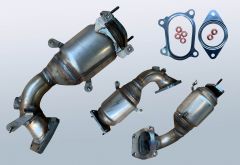 Catalytic Converter ABARTH 500C 595C 695C 1.4 T Jet (312AXF1A)€380.00Incl. 19% VAT , excl. Shipping Cost
Catalytic Converter ABARTH 500C 595C 695C 1.4 T Jet (312AXF1A)€380.00Incl. 19% VAT , excl. Shipping Cost -
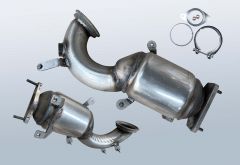
-
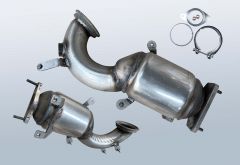
-
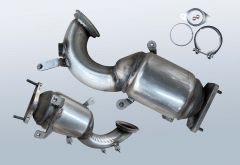
-
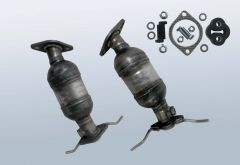 Catalytic Converter ALFA ROMEO 147 1.6 16v Twin Spark (937AX)€180.00Incl. 19% VAT , excl. Shipping CostDelivery timeReady for dispatch in 4-6 days
Catalytic Converter ALFA ROMEO 147 1.6 16v Twin Spark (937AX)€180.00Incl. 19% VAT , excl. Shipping CostDelivery timeReady for dispatch in 4-6 days -
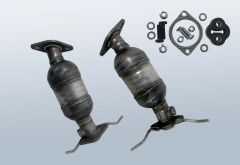 Catalytic Converter ALFA ROMEO 147 2.0 16v Twin Spark (937AX)€180.00Incl. 19% VAT , excl. Shipping CostDelivery timeReady for dispatch in 4-6 days
Catalytic Converter ALFA ROMEO 147 2.0 16v Twin Spark (937AX)€180.00Incl. 19% VAT , excl. Shipping CostDelivery timeReady for dispatch in 4-6 days










